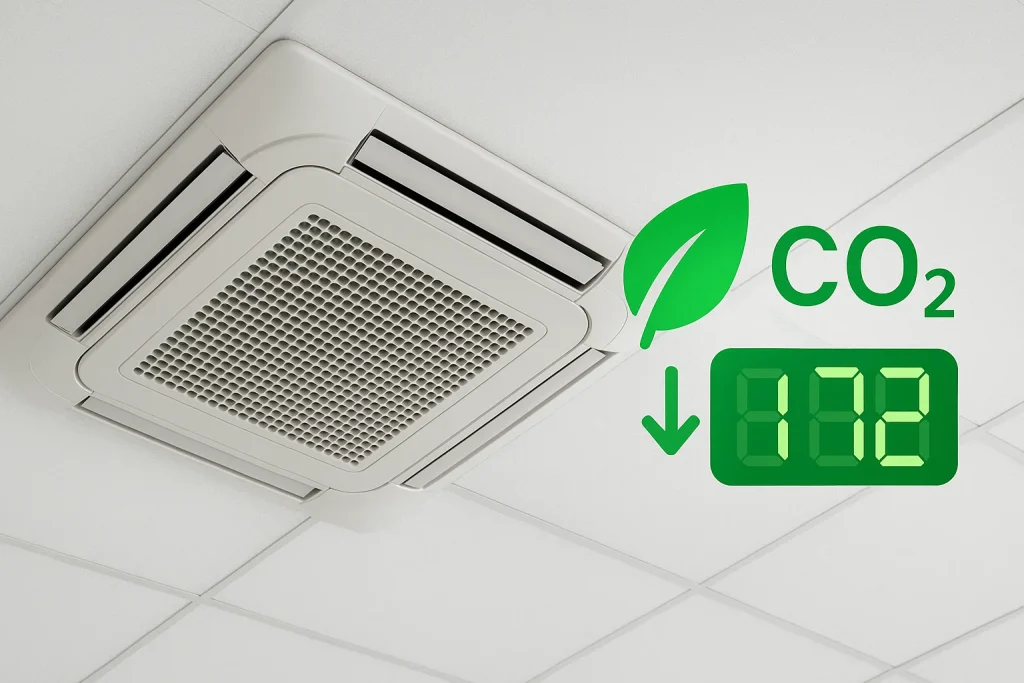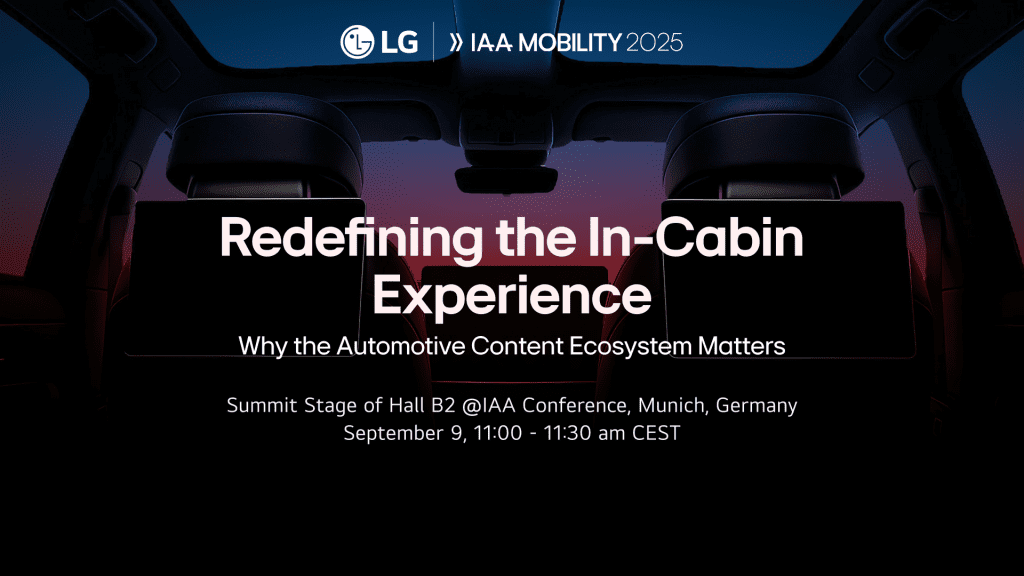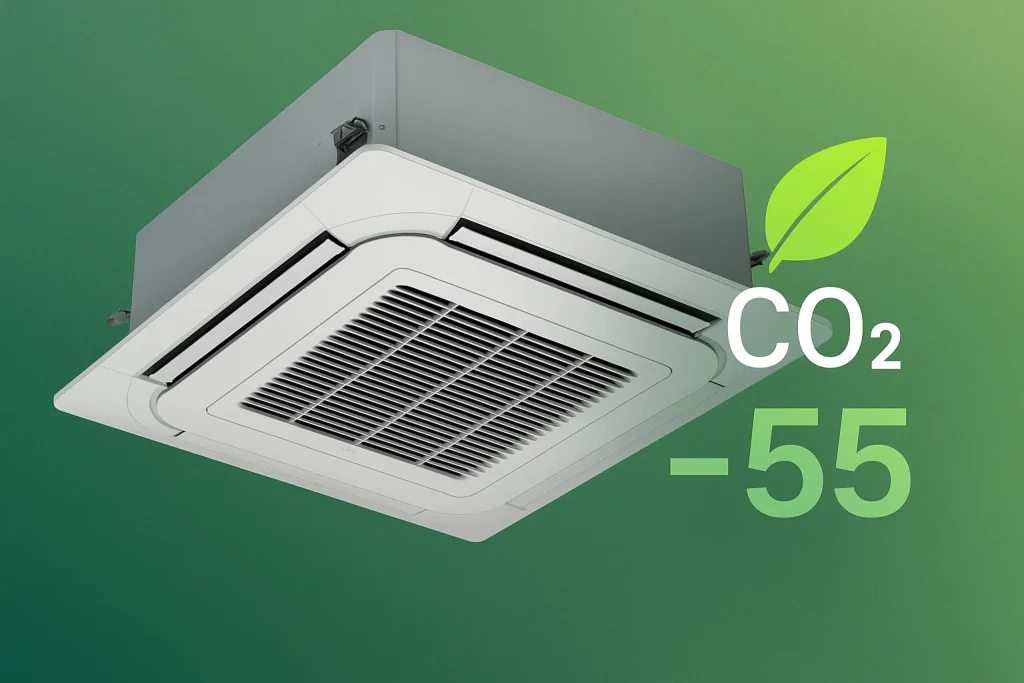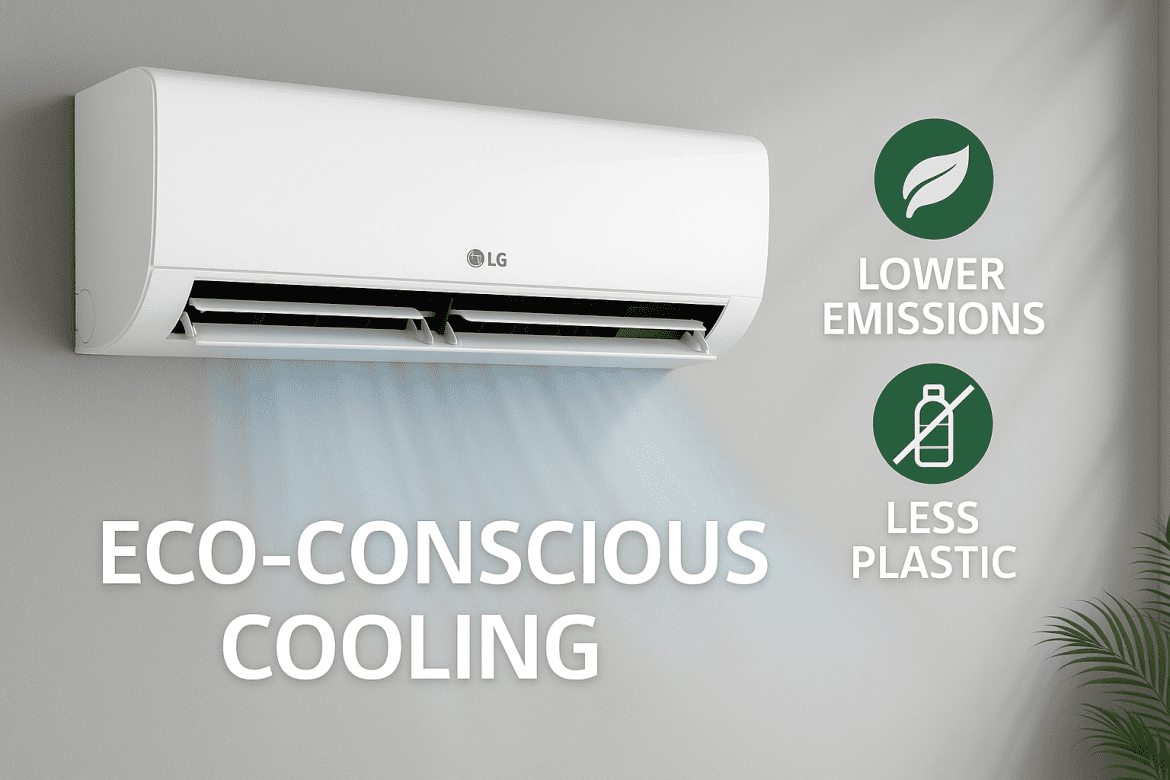4 Ways System Air Conditioners Are Shaping a Greener Future
Why Sustainability in Air Conditioning Matters Today
Cooling has quietly become one of the biggest environmental challenges of our time. Every time you flip on the AC, there’s an invisible cost — from the plastics used to build the system to the greenhouse gases released in production and operation. With the world heating up, and more households and businesses depending on climate control, that cost keeps rising.
Traditional air conditioners often rely on high-emission refrigerants and resource-heavy plastics. Pair that with energy-hungry motors, and you’ve got a recipe for rising carbon footprints across the globe. The question isn’t whether we need cooling — it’s how we can make it cleaner.

LG Air Conditioners Are Shaping a Greener Future
Inside LG’s Green Manufacturing Revolution
LG has stepped into this challenge with something genuinely forward-thinking: a new manufacturing process for its 4-way system air conditioners that cuts both plastic use and emissions.
The secret lies in foaming injection molding, a process where nitrogen gas is injected into the mold to create micro-bubbles in the material. Think of it as adding tiny pockets of air into the plastic — which makes the material lighter, stronger in certain ways, and crucially, less resource-intensive.
By swapping out conventional ABS (Acrylonitrile Butadiene Styrene) with PP (Polypropylene), LG is cutting the carbon load even further. PP doesn’t just perform well under heat and stress; it also carries a lower carbon footprint.
The result? Each unit uses nearly 900 grams less plastic, scaling up to about 270 tons saved every year. Add in the emission cuts — over 4,400 tons of CO₂ equivalents avoided annually — and you’re looking at a shift as impactful as a pine forest covering 580 soccer fields.
That’s not marketing spin. That’s math.

LG’s Green Manufacturing Revolution
Core Tech: LG’s Secret Weapon for Energy Efficiency
Materials are only part of the equation. The way an air conditioner runs day-to-day matters even more.
LG’s inverter motor technology acts like cruise control for cooling. Instead of blasting at full speed, it adjusts compressor speeds in real time, matching the exact demand in the room. That means less wasted energy, smoother performance, and lower bills.
Then there’s refrigerant choice. The industry standard, R410A, carries a high Global Warming Potential (GWP). LG is moving toward R32 refrigerant, which has about 30% lower GWP — making it a smarter pick for long-term sustainability.
This combination of smarter motors and greener refrigerants is what LG calls Core Tech — the backbone of its eco-conscious product line.

LG’s Secret Weapon for Energy Efficiency
Use Cases: Where Eco-Friendly Cooling Makes the Biggest Difference
-
Commercial Buildings: Offices chasing green building certifications like LEED can cut both operating costs and emissions.
-
Residential Homes: Families looking for long-term savings and reduced environmental impact benefit from high-efficiency cooling.
-
Data Centers: With servers running hot 24/7, efficient cooling isn’t optional — it’s mission critical.
These aren’t just theoretical. Businesses are already shifting procurement policies toward suppliers who can prove sustainability credentials. LG’s innovations position it as a frontrunner in that race.
FAQs
Q1. How much plastic does LG save with its new process?
About 900 grams per unit, adding up to 270 tons a year.
Q2. Why is Polypropylene (PP) better than ABS for air conditioners?
PP is lighter, requires less energy to produce, and carries a lower carbon footprint.
Q3. What’s the significance of using R32 refrigerant?
It cuts the Global Warming Potential by roughly 30% compared to R410A.
Q4. Will this technology expand to other LG appliances?
Yes, LG plans to roll it out across more residential and commercial cooling products.
Q5. How does inverter motor technology save energy?
By adjusting motor and compressor speeds to real-time cooling needs, it prevents wasteful energy use.
Q6. How does this align with LG’s carbon neutrality goals?
It’s a step toward the company’s target of cutting greenhouse gas emissions by 54.6% by 2030.
Cooling the Planet, One Innovation at a Time
LG isn’t just selling air conditioners; it’s rewriting what cooling technology can mean for the planet. From lighter materials to smarter motors, every piece of innovation adds up to a system that delivers comfort without the environmental guilt.
As climate challenges grow, these are the kinds of shifts that will define leaders in tech. LG is making sure it’s not just keeping pace — it’s setting the standard.

